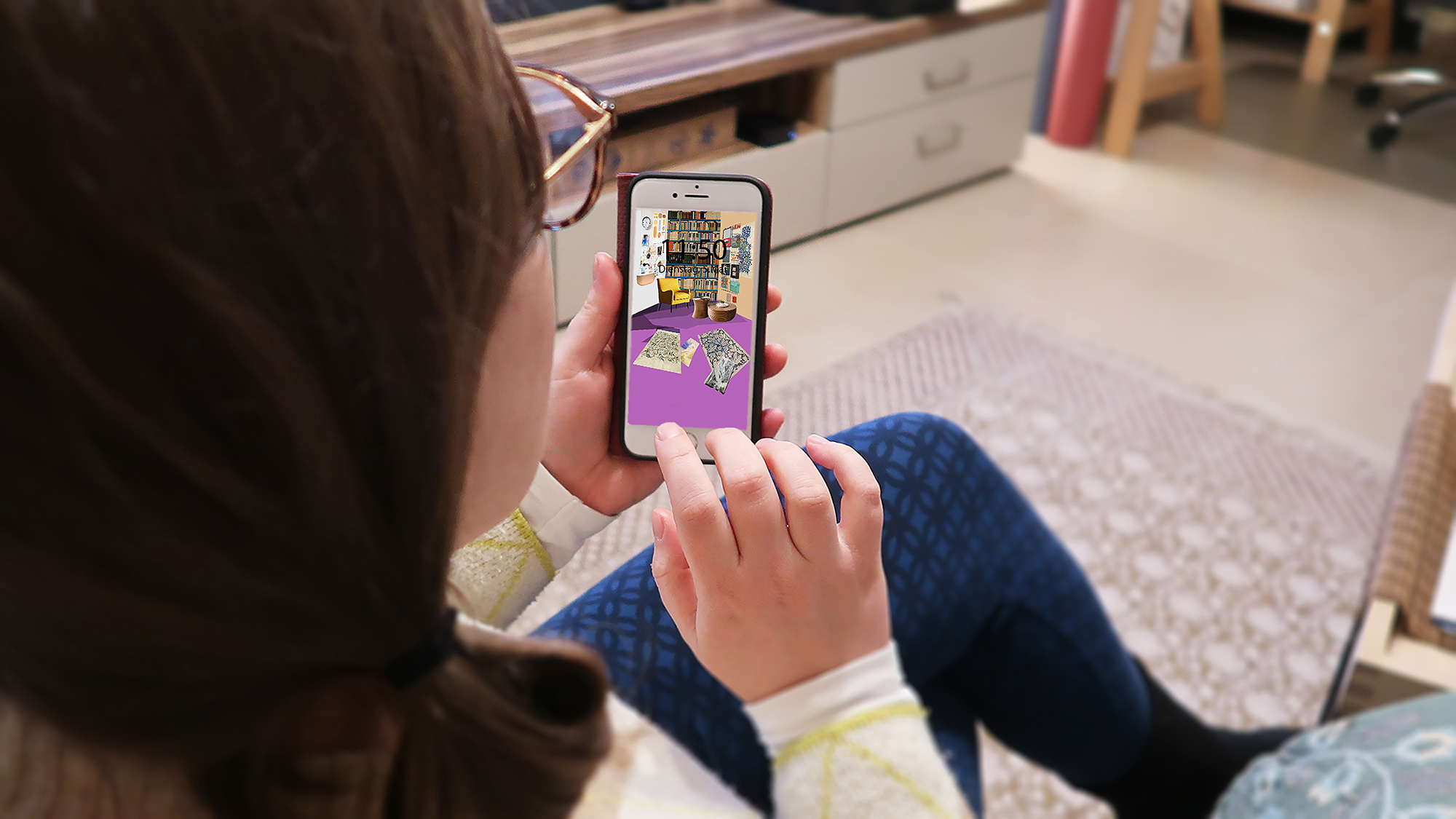
One’s own four walls
One’s own four walls
One’s own four walls aims to reflect on experiences gained in the first phases of the pandemic, when students spent most of their instructional time at home. The question “How do I live?” was charged with a whole new meaning, as one's own four walls also served as one’s (high) school, workplace, kindergarten, and leisure area. Moreover, this shift made the economic backgrounds of individual families, or flat-sharing communities and housing situations, in general, all the more visible. At the same time, the significance of smartphones has likewise become more complex: work tool, classroom transmitter, and central hub of social interactions. The project One’s own four walls is a homage to the smartphone and one’s private safe haven, one’s own (bed-, work, or living) room, and one’s idea(s) of it. Students design their dream rooms by means of creating digital photo collages with Photopea.
Description
Development of the idea:
Due to the pandemic, a lot of time was spent at home these last few months, and “home” has taken on important new meanings, some of them new. As a result, many living spaces were remodeled and adapted, offices were furnished, but also living rooms were made more comfortable, fitted kitchens were renewed and various other items were replaced. All this could be observed on countless social media channels, providing lots of inspiration. This also had a tangible impact on students and their living and working conditions, as schools repeatedly had to be closed and classes moved to distance learning. The social and economic differences of students affect their success in distance learning: Do I have siblings and help them with their schoolwork? Do I have my own computer or do I share it with other family members? Is my smartphone new and powerful? Do I have my own room where I can attend to my assignments in peace?
In other words, this project explores the question: “How do we live and why?”, and last but not least, “How do we want to live?” and “How should we live?”
On Instagram, Tumblr, and Pinterest, there is a vast number of accounts dedicated to interior design and decoration. What’s behind interior design trends such as “minimalism”, “boho chic”, “vintage interior” or “DIY home decor”, and can these and other trends be associated with specific social subcultures or classes? And how can ways of living not be ignorant in regard to the climate crisis? After doing extensive research, the students can create digital collages and their favorite living situations, which they can then use as smartphone home screens. This way, they can merge pragmatic dreams with perhaps very imaginative ones on the home screens of their work devices, and in that sense turn the smartphones into their dream workplace.
Attention: in order to avoid copyright infringement, images with CC licensing are recommended as source material.
Educational objectives:
- doing research and creating collections of material
- examination of living trends, materials, and ecological and economic contexts
- image manipulation/editing
- creating digital montages
Tasks and specific work steps
- Possibility for getting started: “starter pack” memes that address stereotypical room designs:
- Write down 10 important objects that should be in your ideal room:
-
- What items in your room do you use every day?
- What items do you want to have in your perfect room?
- What materials are the items made of and how are those materials produced, disposed of, recycled, degraded?
-
- Research appropriate photographs on Pinterest/Tumblr and other image-based websites (note: in order to avoid copyright infringement, images with CC licensing are recommended as source material).
- Introduction to Photopea
- Scanning/(digitally) copying/processing/distorting/cropping etc. the images found
- Present your place of longing as a home screen on your smartphone.
Sources and References
- „DIY as Interior Design Education. ‘Everybody Can Be Designer‘“. Article on DIY culture:
https://journal.isi.ac.id/index.php/IJCAS/article/view/3322/1631 - “starter pack” memes that address stereotypical room designs on Reddit: https://www.reddit.com/r/starterpacks/comments/589urm/youtube_bedroom_tour_starter_pack/
https://www.reddit.com/r/starterpacks/comments/aipch8/your_friends_guest_bedroom_starter_pack/
Images/Examples

Die eigenen 4 Wände © 2022 by Benia Curt Hirsh is licensed under CC BY-SA 4.0
Additional Information
Additional Tools
- mouse with mousepad and keyboard recommended
- drawing tablet for easier drawing optional